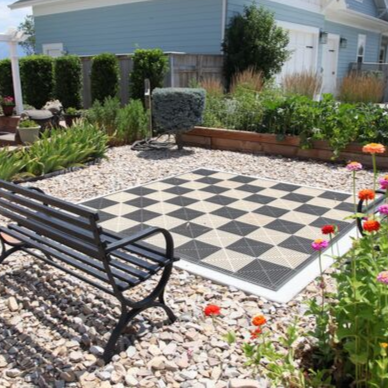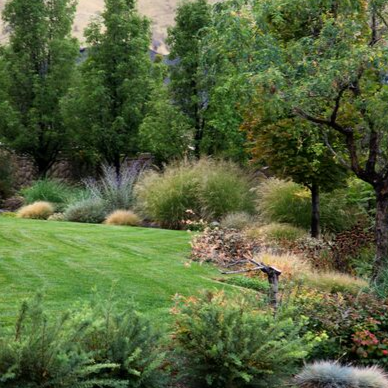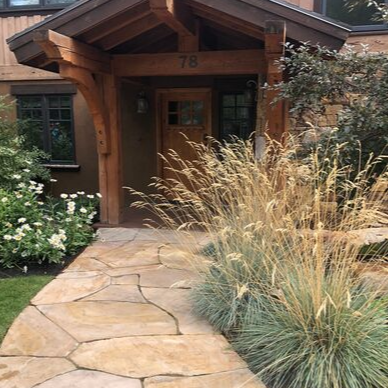
Lessons from our best local landscapes
-
Summer may be winding down for most of us but it’s just starting to heat up on the Utah gardening scene. For the first time ever, the national association for garden writers will hold its annual conference in Salt Lake City. This conference, held during the first week of September, will bring authors, speakers, and podcasters from all over the country to tour gardens in our home state. Because most of these influencers have never been to Utah, the conference offers a unique opportunity to exchange knowledge and highlight the beautiful diversity of Utah’s local public and private gardens.
As a volunteer with the local committee, I’ve had the chance to tour dozens of great gardens this summer in preparation for the event. For every fabulous garden our team has seen, there are hundreds more we haven’t—we wish we could see and share them all. What we have noticed is that some features seem to be present in all of the magazine-worthy gardens. Here are a few key lessons learned from touring some of Utah’s best gardens (and a sneak peek of what conference attendees will see in September).
-

LESSON 1:
It's not just about the plants.
It’s a given that lovely gardens contain lovely plants. However, exceptional gardens are made that way by the less noticed structural parts of the landscape. Gathering Areas, Activity Zones and Paths are concepts we teach locals through our Localscapes training classes and the best local gardens make liberal use of these non-living elements. Hardscaped spaces provide structure and access so even the most chaotic plantings are soothed by the contrast of these strong, defined shapes.
On the functional side of things, having more of the hardscaped spaces reduces the overall workload of the yard—so you can focus maintenance efforts on the plants without being completely overwhelmed. -

LESSON 2:
Lawn is an accent or recreation surface.
Lawn is present in many of Utah’s top gardens but it isn’t the star of the show. Instead of being a default groundcover, lawn is used strategically to create areas for recreation or to create contrast. Lawn is most attractive when it’s a balanced part of a landscape—not the only part.
We've often heard people say they can't make any changes or their kids will have nothing to do outside. If you share this concern, start by observing how your yard is actually being used. Several studies show that we tend to only use 1,500- 2,000 square feet of lawn for recreation, regardless of how large the lawn is. Most likely, your kids use the center area of the lawn for active play. Of course, this assumes they're even outdoors playing on the lawn in the first place which is far less common than any of us would like to believe. Switch out some of the lawn in favor of creating dedicated use zones that are always set up and ready to go, and you'll quickly find that having less lawn actually enables more activities. -

LESSON 3:
It's the journey, not just the destination.
The shortest distance between two points may be a straight line but that doesn’t make the experience memorable. All of the gardens we toured made creative use of paths a significant part of the design. Often paths were used in side yards to transition from the front yard to the backyard in a creative way. Paths aren’t just functional; done well they create a unique experience that brings those who walk along them closer to the beautiful plantings. Beauty is created through contrast. -
If you’d like to learn more about how to improve your own landscape to include more of these features, check out our Localscapes training classes. We offer these classes throughout the season at the Conservation Garden Park. In addition, we offer an online version of both the Introduction to Localscapes class and Localscapes University so you can take the classes at home in your pajamas whenever it's convenient for you.
http://conservationgardenpark.org/events -


